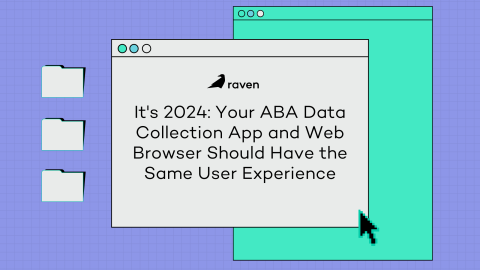
The New Standard of Usability – Anytime, Anywhere
Remember the web-to-mobile crisis that hit Facebook in the late 2000s? At the time, it was seen as a significant risk to the tech giant’s future. Fast forward to today, many ABA therapy technology companies find themselves in a similar quagmire. Initially starting with web-only platforms, they tacked on mobile interfaces as an afterthought, leading to what we now recognize as a serious oversight.
The Practical Challenges of Separate Web and App Interfaces
When web and app experiences feel like they’re from two different eras, users are the ones who suffer. They’re forced to master two systems instead of one, doubling the learning curve and halving the efficiency. It’s not just about user frustration; this separation creates real data synchronization headaches. If one platform updates without considering the data on the other, you’ve got a recipe for data integrity disaster.
But the implications stretch beyond usability. Separate platforms can spell technical disasters, risking outages that can cripple entire systems. The healthcare sector has seen its share of such fiascos, where misaligned data syncing caused significant downtime, affecting critical patient services. Some companies have attempted to patch up this issue by linking devices with a web browser. However, this band-aid solution opens up a Pandora’s box.
Embracing React Native for Responsive Design
The answer may lie in embracing technologies like React, which ensures responsive, consistent design across devices. This isn’t just a nice-to-have; it’s rapidly becoming the gold standard in app development.
Facebook tackled the web-to-mobile crisis by developing React Native, which brought modern web techniques to mobile development. This solution allowed Facebook engineers to build apps with a consistent user experience across web and mobile platforms, leveraging the benefits of React, like declarative UIs, while still using native components. React Native was a game-changer, enabling faster development cycles
and cross-platform work without compromising on the quality of the user experience.
Unlike Facebook, legacy ABA tech platforms lack the resources needed to engineer such an elegant solution. Instead, they often pass the buck to their customers, expecting them to juggle between disjointed systems. Thankfully, the technology that Facebook developed is now being used by startups like Raven Health, unleashing the power of the platform and giving clinicians a clean, unified mobile/web experience. It’s 2024, and it’s time for ABA tech to catch up — ensuring that therapists can focus on what they do best… without technology getting in the way.